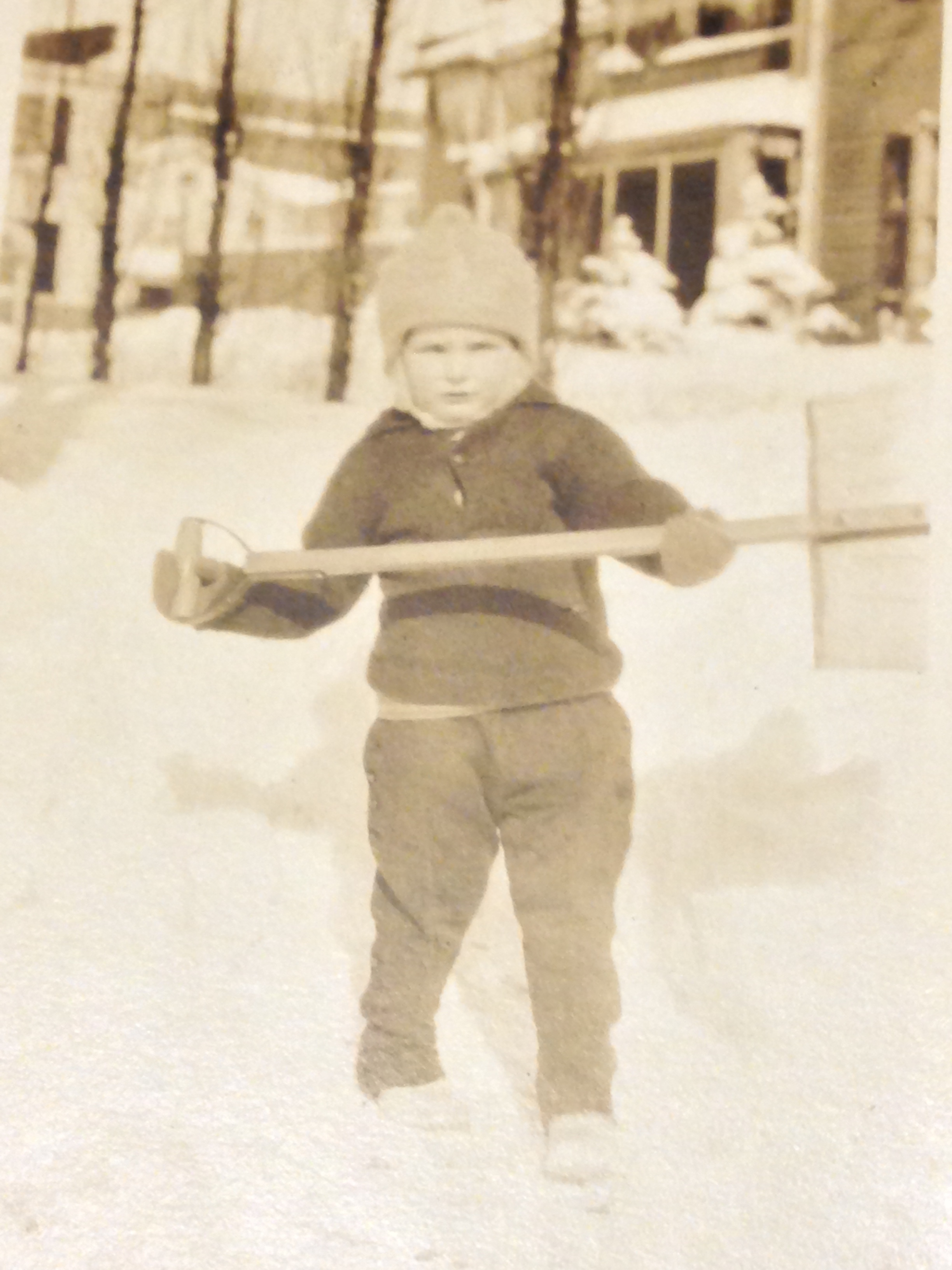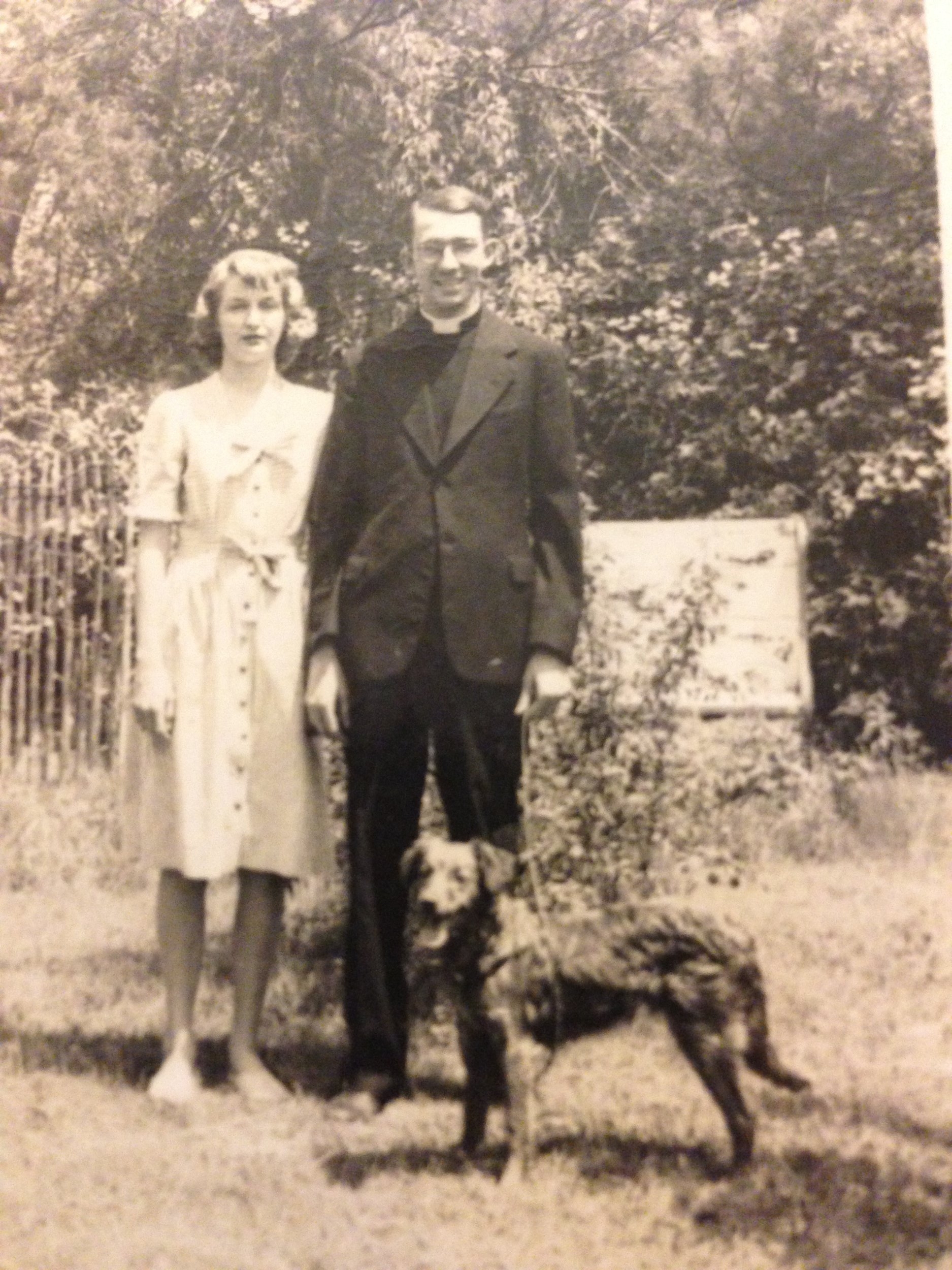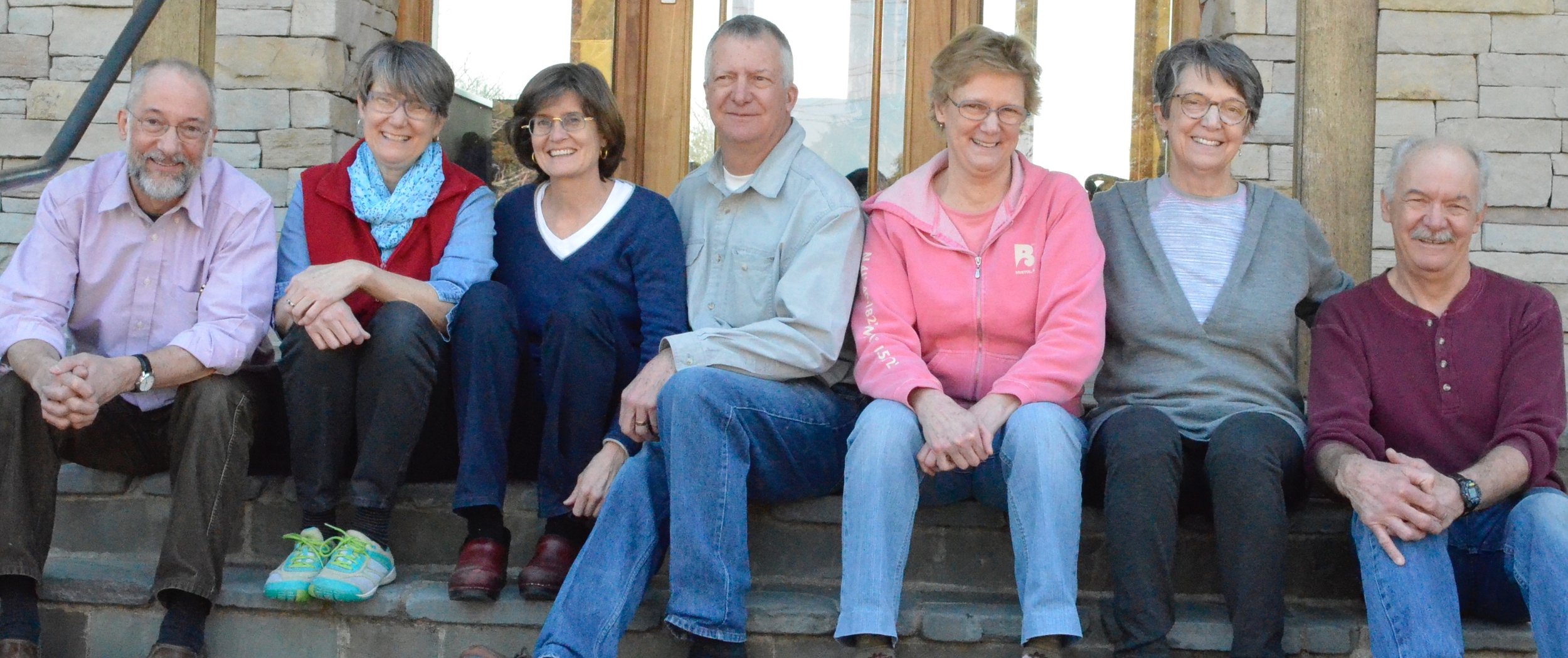Stories of my mother
/I know it's a cliche but it's true: people live on through the stories we tell about them. I'm writing this two days before my mother's funeral.
My mother, Carol Edgelow Howe, grew up in Springfield, Massachusetts. She and her three sisters often visited their grandparents in Westmount, Quebec. One Christmas, when she was about three, she was put to bed while her parents and grandparents ate supper. Little Carol was certain that Santa Claus was down the street by the corner. She got out of bed and left the house alone on that snowy night. The family dog, a Newfoundland named Caesar, followed, then got in front of her. He pushed her back up the steps of the house. She was furious with him! How dare he keep her from Santa Claus!
Maybe that visit? Mom was headstrong, even at that age.
Mom had a powerful imagination, a lively mind and a wicked sense of humor. She graduated from Wellesley College in 1945, though the story is that the Dean had to call her father to discuss my mother's errant ways--reading novels rather than her assignments and dating boys. She was a looker!
I suspect she was a big daydreamer. In her later years, after my father died, we discovered that it was also Mom who was the dawdler. When I was in school, she was insistent that we not be late. I found some of her grammar school report cards and discovered that in fourth grade, she was late dozens of times!
After working at a florist shop and a nursery, as well as a lifetime of gardening and raising houseplants (her Cattleya orchids were always in bloom), Mom wrote garden columns for newspapers for forty years. Her last column was in September 2016 at age 93. Whenever I asked her for gardening advice, she always gave the same answer: "Why don't you call your Extension Agent?"
Mom was deeply invested in her church, St. Columba's in Boothbay Harbor, Maine and involved in the church's mission in Belém, Brazil. Not surprising, as my father was an Episcopal priest.
My parents, early in their marriage.
Mom was concerned with issues of hunger and poverty. When she went to church, she always brought at least one can of food for the pantry. In her gardening articles, she suggested people "plant a row for the hungry," an initiative of the Garden Writers of America. Mom loved to spend time outdoors, to sing, to read--she belonged to two book clubs in Maine, where she spent the last thirty years of her life, until last October when we moved her to Kansas to be near three of her seven children.
Mom in 2016
All seven of her children in one place for the first time in ten years, 2017
We moved Mom to Lawrence, Kansas because none of us was close enough to Maine to help in an emergency. This proved to be prescient. In late February, she had a stroke. She'd been in assisted living, but moved into long-term care with hospice. All of her children were able to come to Kansas to say goodbye. We had the luxury of nine weeks with her after her stroke. My in-town siblings, Mary and Thomas, their spouses, and I spent time with her every day. She loved visits from my siblings' dogs, too.
The stroke took a bit of her short-term memory and her ability to process writing, but Mom did not have dementia. She was aware and coherent for the few hours each day she was awake. She loved hearing e-mails and cards from family and friends. We read to her, brought her flowers from our gardens, fed her and advocated for her. We even had cocktail hour with her a few times. After the first one she told the nurse that she'd had almost a whole beer. Well, actually, she had three small sips and a couple of goldfish crackers.
In March, I wrote a blog post about storytelling as a respite. Now you know why.
Mom died with a slight smile on her lips on Sunday, April 30, 2017 at 11:50 a.m. My sister Mary and I were at her side.
RIP Carol Edgelow Howe, 1923-2017.
If you feel so inclined, plant a row for the hungry or take some nonperishables to your local food pantry in her honor.











